Blog
-
The Neuronormative Paradigm: Naming The Systems That Harm
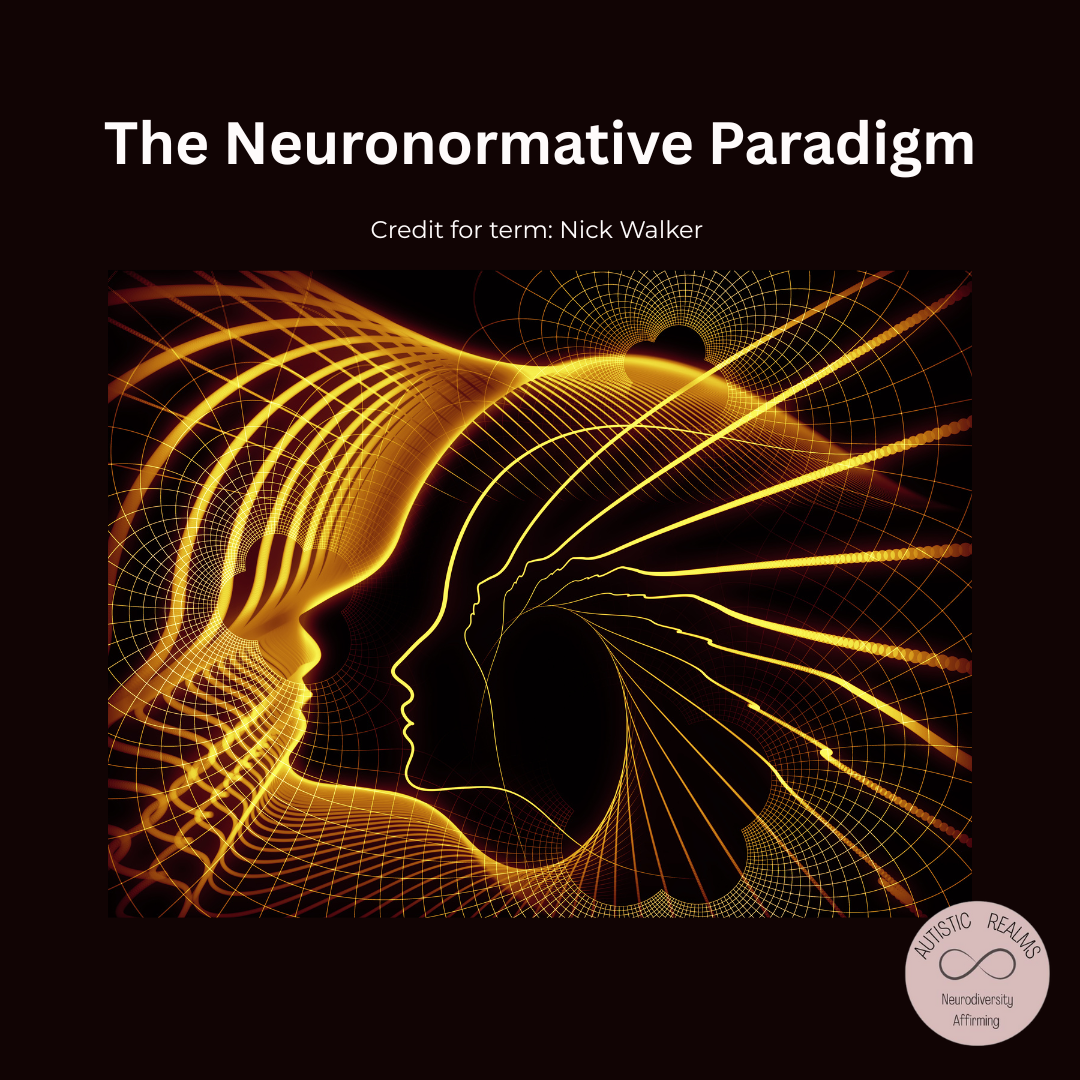
Helen Edgar (Autisic Realms) November 2025 With thanks to Nick Walker and Andrew Reichart for their recent conversations with me. This piece is independent of their work, and Nick has not read this blog prior to publication. My understanding of the neuronormative paradigm and its implications might differ from theirs. Andrew has helped me understand…
-
Folding Worlds: Monotropism & Neuroqueering Attention

To live within the Autistic fold is to recognise that we are not separate from the world, but continuous with it, each of us a unique curvature in the greater flow of being.
-
From Autistic Realms to More Realms: Exploring Other Ways of Being
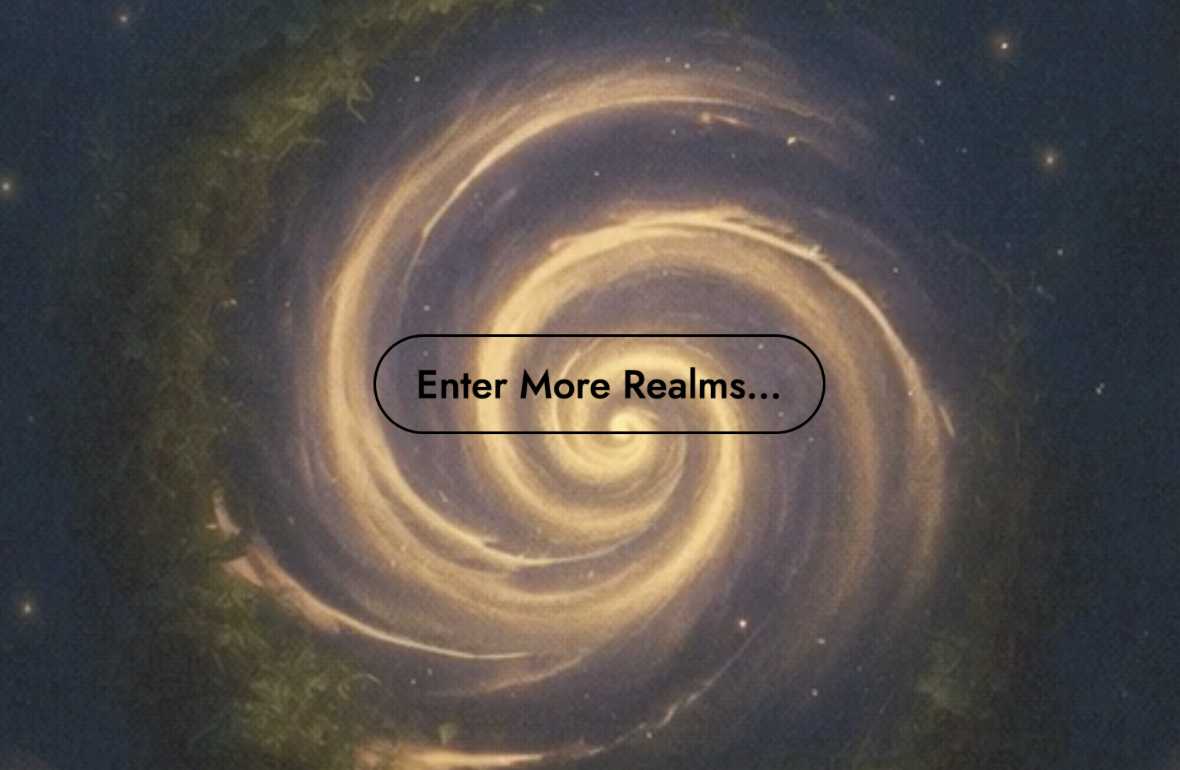
By Helen Edgar, Autistic Realms At the heart of everything I do is a belief that lived experience and Autistic lives matter. What if support for Autistic children began with listening to Autistic people? That was the the question I had in mind when I first created Autistic Realms in 2022. I wanted it to be a…
-
Radical Resilience
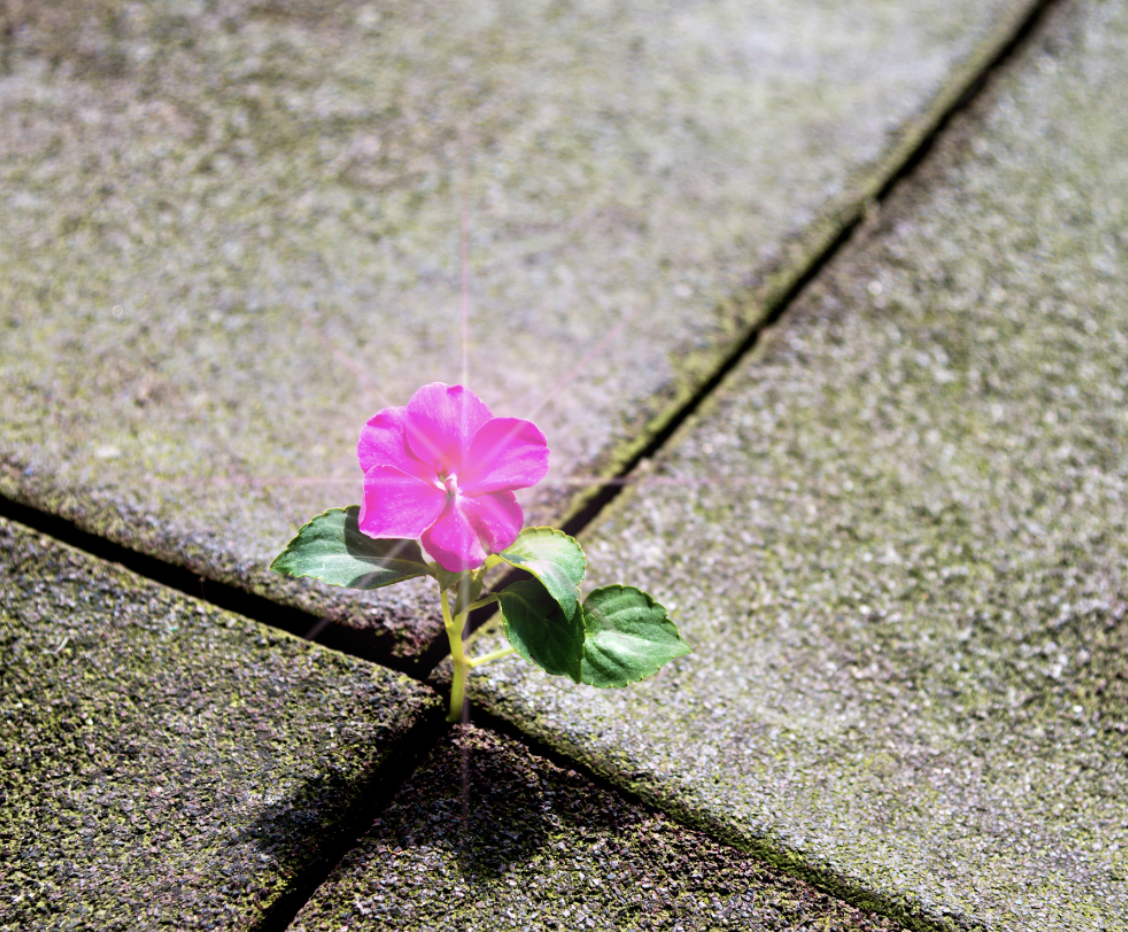
The word resilience is often used as a weapon, especially against parents/ carers whose children are different, who may be neurodivergent and who are more likely to need accommodations in school to succeed. I have found the word ‘resilience’ triggering for a long time, it has been used against me as a parent, against my…
-
The Power of Monotropic Flow: Reclaiming Ourselves Through Creative Practice

Inspired by Betsy Selvam’s talk on Art as a Therapeutic Tool, delivered at Stimpunks Seeds of Cope event 17th May 2025, and the amazing Neuroqueering Your Creative Practice Course I am on with KR Moorhead, Marta Rose and Meg Max. Burnout can creep into our lives as a type of deep exhaustion that won’t lift, no matter how much sleep you have. It can leave…
-
Autistic Pride: Restorying & Unknowing Autism
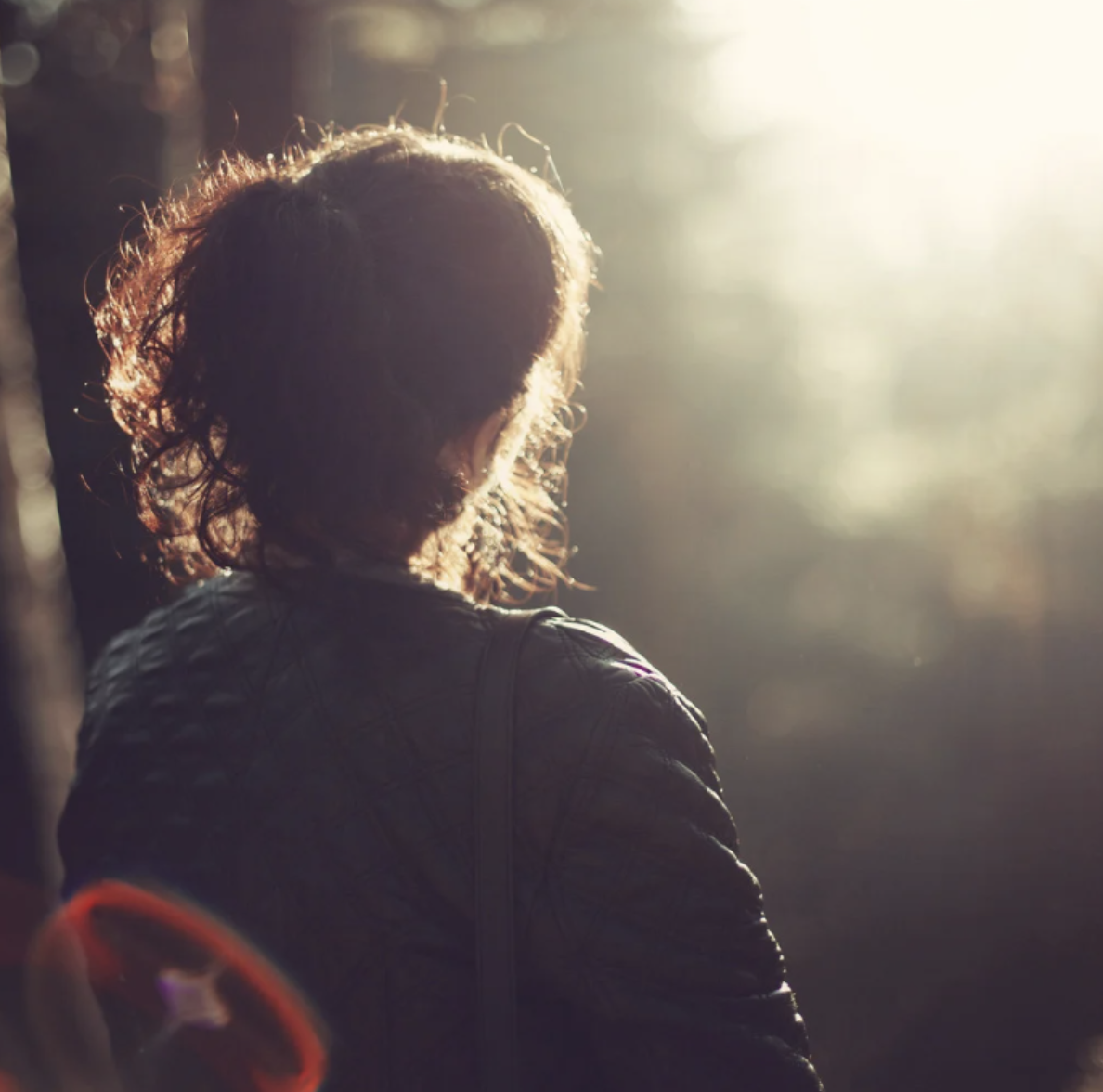
From Pathology to Possibility: Reclaiming Our Stories Autistic people have been spoken about, written over, and pathologised for far too long. Our lives have been turned into case studies, symptoms, behaviours, and ‘outcomes’. We have been flattened, squashed into diagnostic criteria, and dissected through checklists and things like social skills programmes built around what we…
-
Tides of burnout and being monotropic

“Once the storm is over, you won’t remember how you made it through. But one thing is certain. When you come out of the storm, you won’t be the same person who walked in.” [And that may even be a good thing]. (Kafka on the Shore, Haruki Murakami, 2002) Haruki Murakami is one of my…
-
Reclaiming Rest: Autistic Burnout, Monotropism, and Resistance

Rest can become a radical act in a world that often equates our worth with productivity, especially for Autistic or otherwise neurodivergent people navigating the tides of burnout, where even our ways of resting may look different. I have been really inspired by Tricia Hersey’s wonderful writing and their recent book, We Will Rest! The Art…
-
Going Deeper: Rest, Burnout, and Monotropic Flow

When Autistic people are in burnout, we’re often told to “rest”, to slow down, take time off and pull back from pressure. These suggestions don’t work for me as rest doesn’t feel restful when it’s a demand and disconnected from how I naturally think, feel, and process the world as a monotropic person. When I…
-
Neurodivergent Base-Camp

Explaining what it is like to be autistic to non-autistic people can be difficult. To quote Dawn Prince-Hughes (Cultural Autism Studies at Yale), being autistic is like “being human without the skin”. This can be difficult for non-autistic people to understand. Seeing and feeling the blank looks and Double Empathy Problem (Milton, 2012) at a really extreme DEEP level…
-
Autistic Burnout, Bodymind and Soul

Kieran Rose (2018) describes autistic burnout as a ‘crash where you keep on crashing’. This resonates deeply. I have experienced cycles of burnout throughout my life due to systemic unmet needs living as an autistic person in a world primarily designed for non-autistic people. The double empathy problem (Milton, 2012) is real, and as explained in my previous…
-
Quantum Neuro-Holographic Thoughts from a Liminal Space

Quantumness tends to prosper in very cold systems that are carefully isolated rather than part of a tepid soup awash with other activity.” (Lewton, T. 2024) This may be a weird take, but … I think we could use the idea of quantumness and reframe it around an interpretation of marginalised groups living on the edges…
-
The Double Empathy Problem is DEEP
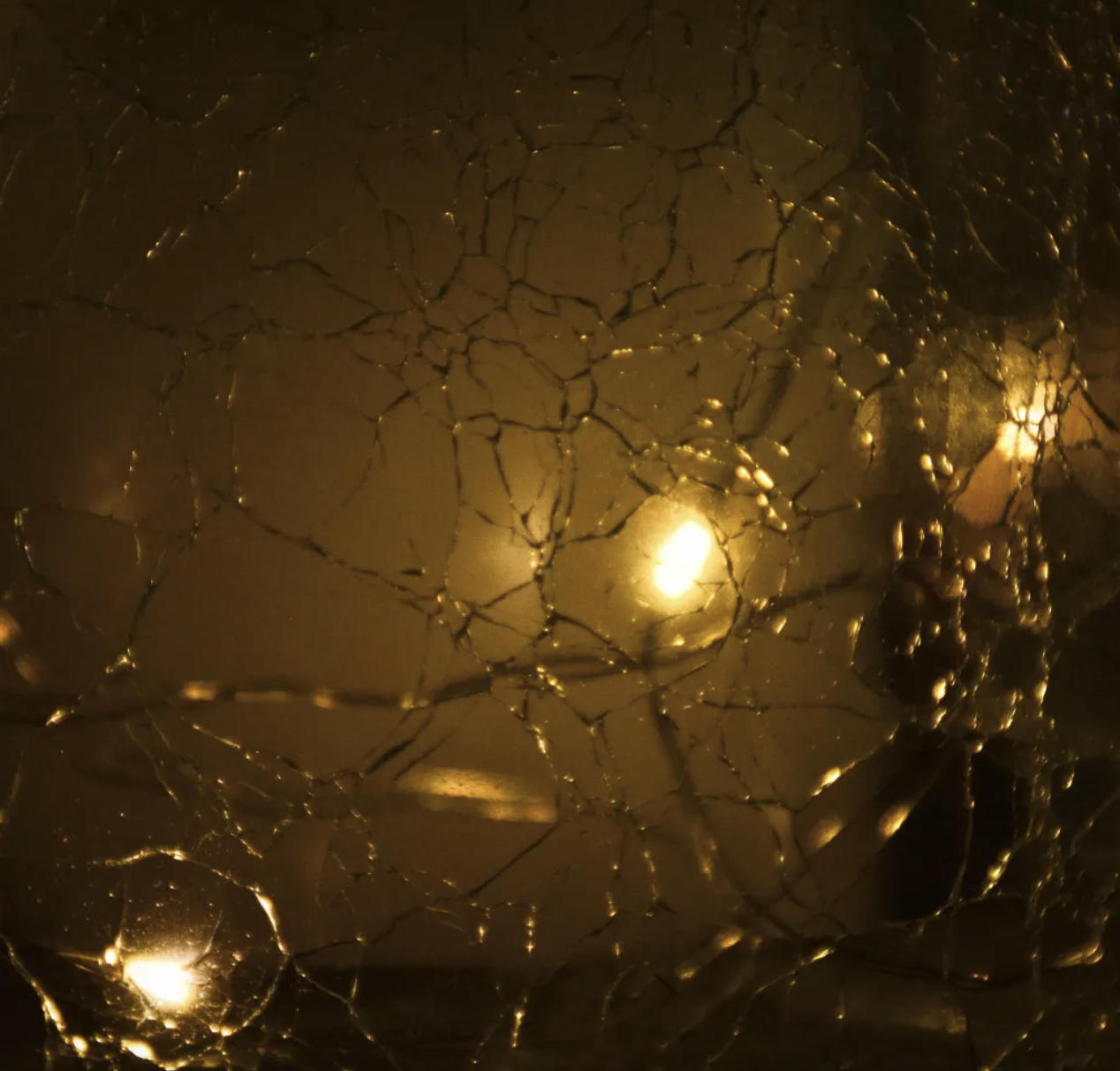
“The growing cracks in the thin veneer of our “civilised” economic and social operating model are impossible to ignore”, Jorn Bettin (2021). The double empathy problem (Milton, 2012) creates a gap of disconnect experienced between people due to misunderstood shared lived experiences. It is “a breakdown in reciprocity and mutual understanding that can happen between people with very differing…
-
Monotropism, Holotropism & Floatation Experiences
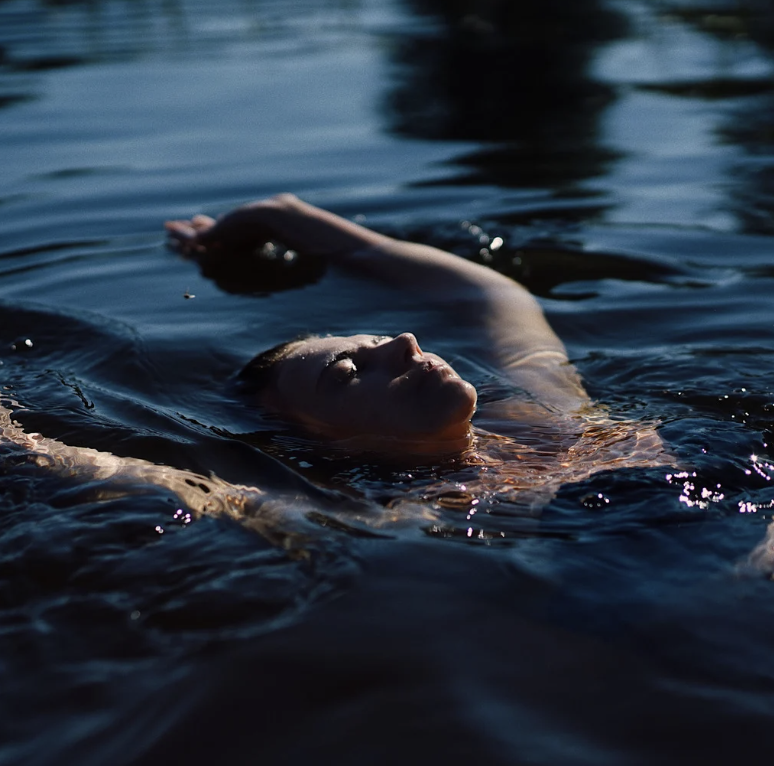
I am autistic and monotropic, and I am interested in exploring Helen Mirra’s theory of holotropism (2023) and how this may impact flow states and regulation. Holotropism synthesises the theory of monotropism (Murray, 2005) with deep ecology and holistic anatomy. Holotropism is a: “multi-dimensional, spacious, edgeless terrain under the monotropism map…To be holotropic is to have wide open sensory…
-
An Open Framework For Neuroqueer Learning Spaces
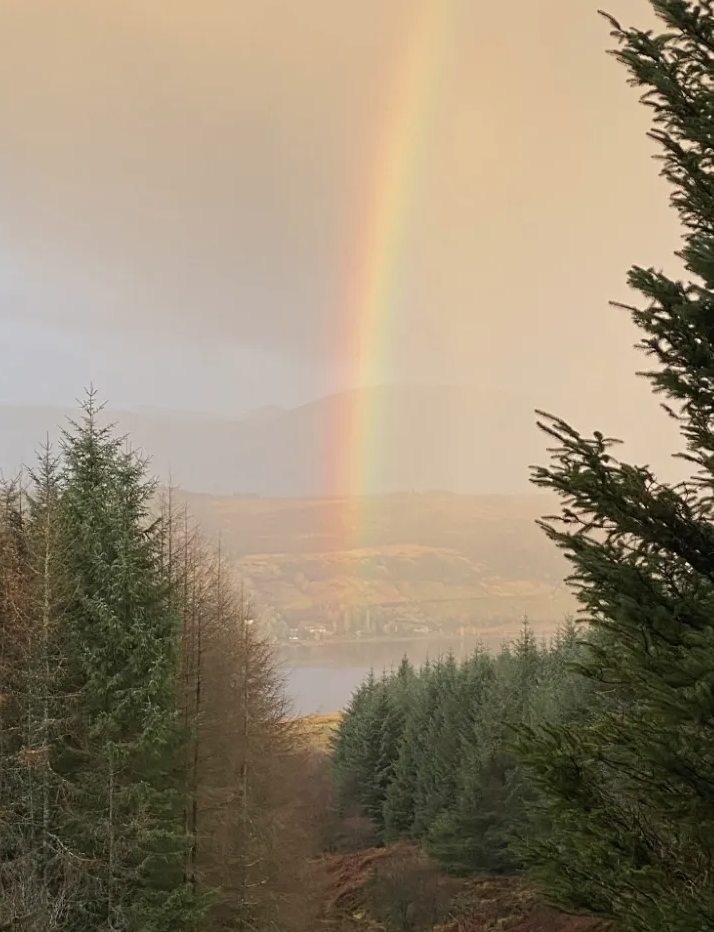
In Neuroqueer Heresies, Nick Walker (2021) describes embracing neuroqueering as a verb. When considering Neuroqueer Learning Spaces, we need to reinterpret, rethink, redefine, and reimagine what those spaces may look like and the journey required to be able to facilitate them. We are considering whether we can use the template Walker created for designing autism courses as a template for…
-
Neuroqueer Learning Spaces

“Intentionally liberating oneself from the culturally ingrained and enforced performance of neuronormativity can be thought of as neuroqueering” (Walker, 2021). This blog is published on Stimpunks website in its entirety, with links to full references and resources on their page: Neuroqueering Learning Spaces, An Exploration. More Realms has always been a space for me to push the boundaries of Autistic Realms and explore…
-
Neuroqueering from the In-between

“The growing cracks in the thin veneer of our “civilised” economic and social operating model are impossible to ignore”, Jorn Bettin (2020). As a late-diagnosed autistic person, I feel a massive disconnect with the world around me. I am living in the ‘gap’ between so many spaces but also feel the potential of neuroqueering and transforming what…
-
Monotropism & Collective Flow
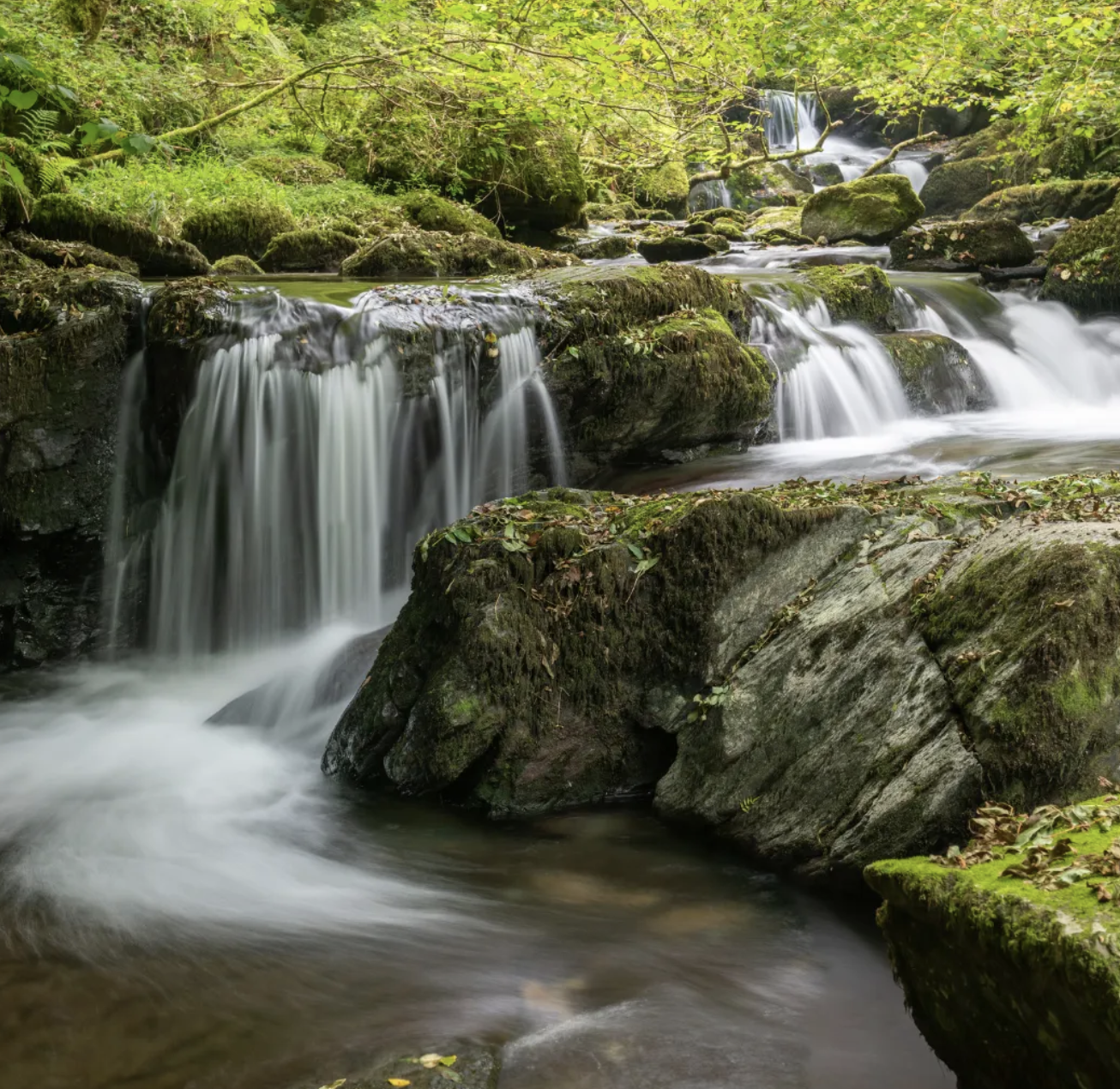
In Milan Kundera’s novel, ‘The Unbearable Lightness of Being’ (1981), he described the heaviness of life, the restrictive oppression and boundaries that can tie us all down, yet there is freedom in the possibilities the mind can bring and in the choices we can make. We can subvert the restrictions of neuronormative society; we can,…
-
Ethodivergent Hearth Building: A Relational Neuroqueering Community Practice

Explore ethodivergent hearth building as a neuroqueer, relational practice of care, kinship, and more-than-human community with Autistic Realms & Stimpunks.
-
Awe, Wonder and Different Ways of Knowing: Cavendish Space and Helen De Cruz

Honouring the brilliant philosopher Helen De Cruz, whose work on wonder, thinking, and inclusion helped shape and inspire our Neuroqueer Learning Spaces and Cavendish Space. Her ideas continue to guide how we create space for divergent minds to thrive.
-
Mingling with the universe: Autistic Perception

Mingling with the Universe” exploring Autistic meaning-making as sensory, felt, and more-than-human, where solitude becomes connection, and the world speaks in textures, rhythms, and resonance. It’s not about escaping, it’s about finding belonging otherwise.
-
Mossy Minds & Monotropism
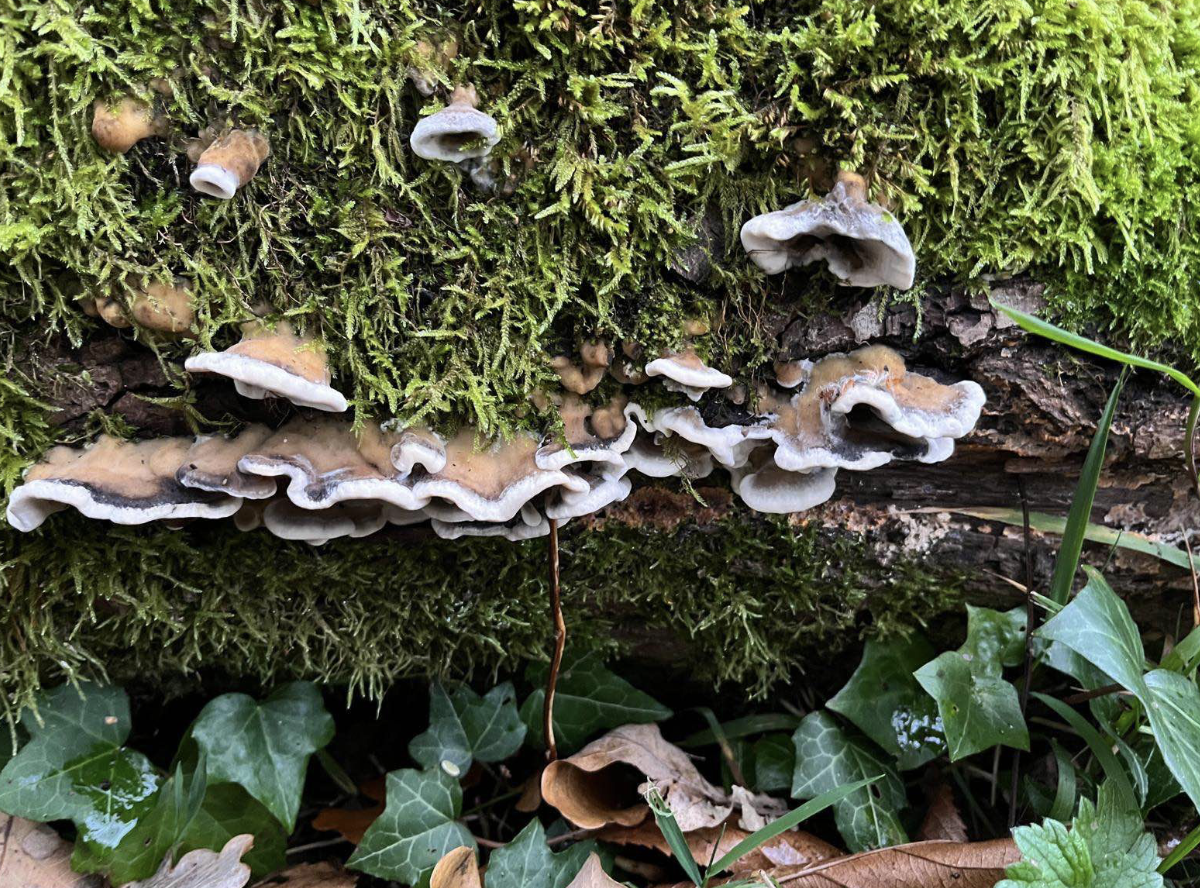
An exploration of moss and monotropic ways of being. An invitation to slow down, sink in, and reconnect through sensory depth and shared presence in liminal spaces.
-
Monotropism, Spiral Time, and the Rhizome of Memories
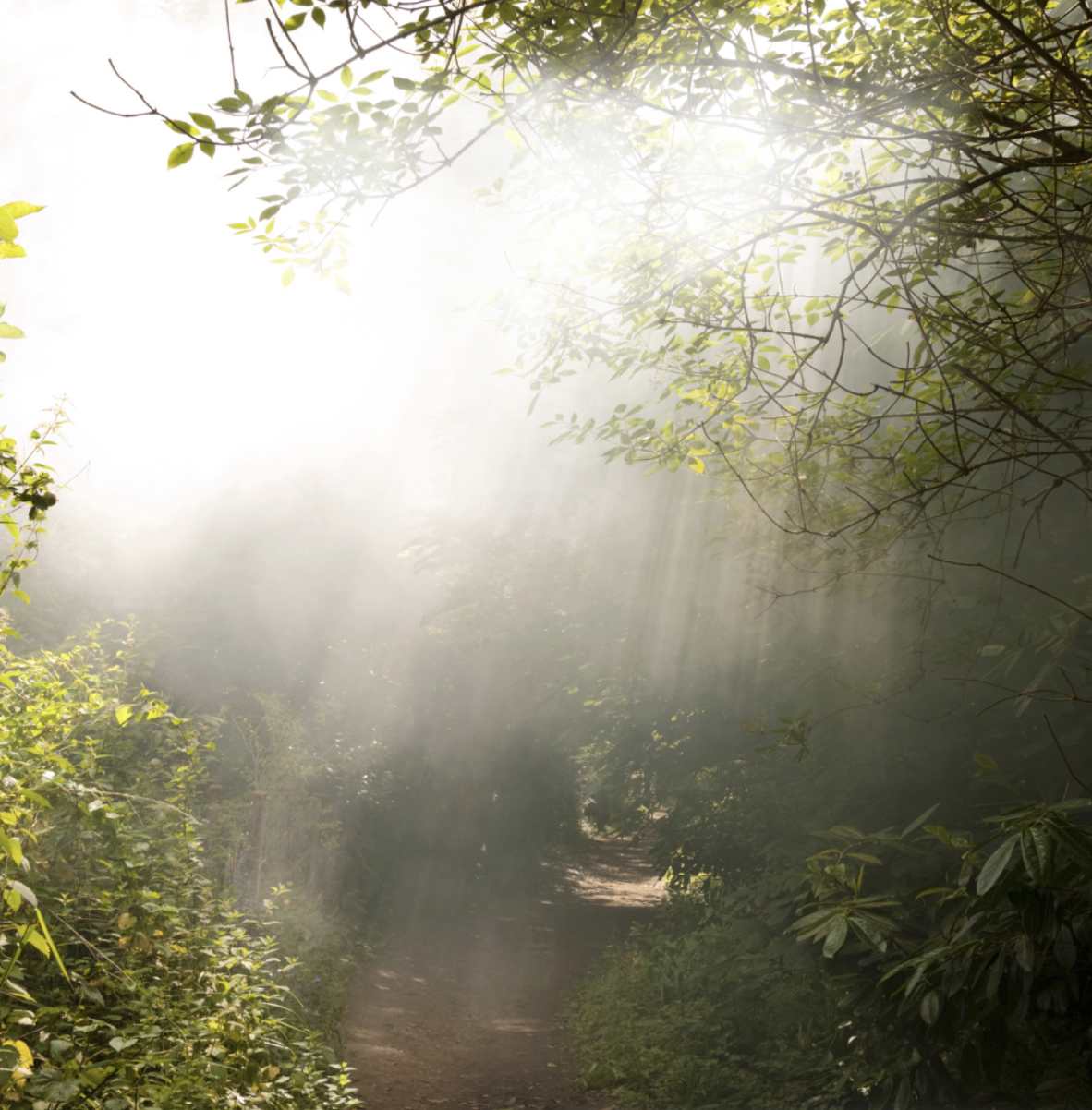
Memory may not be linear for neurodivergent people. It may feel like a spiral of felt sensations. Being monotropic shapes how I re-sense moments, navigating echoes and threads of sensory experiences rather than always recalling events.
-
Sintering: Neurodivergent Community Building

When snow first falls, its flakes are delicate and vulnerable, but over time, a quiet transformation begins. Sintering is the process through which individual snow grains gradually begin to bond. Tiny necks form between them, bridging the gaps, making the snowpack stronger, more resilient, and more resistant to collapse. Sintering In Theory of Water: Nishnaabe…
-
Neuroqueering Monotropic Time: A short summary

Autistic/ADHD people are more likely to be monotropic and resonate with the theory of monotropism. Dinah Murray, Wenn Lawson, and Mike Lesser developed the theory of monotropism in the late 1990s. It is typically described as a neuro-affirming theory of Autism, but I think it is also a temporal mode. I am considering whether being…
-
Neuroqueering Time: Bergson, Deleuze, and Monotropism (an exploration)

Time as a double temporality problem, exploring interest gravity for monotropic people and flow as a temporal home…..
-
Monotropic Time & Neuroqueering Temporalities

Dwelling in Resonance: Monotropism, Monotropic Time, Spirals & Neuroqueer Temporalities “Lodged in all is a set metronome” – (W. H. Auden, 1969 – from the poem In Due Season) Consider if you’re Autistic/ ADHD/ Monotropic and what happens if your internal metronome beats to a different rhythm to other people? For many of us who are…
-
Caverns, Pleats and Folds

Cartographers are people who create maps, and they transform physical geography into an accessible format so people can navigate in and through the spaces of the world. I recently watched a National Geographic documentary about caving ‘ Explorer: The Deepest Cave | Disney+ (disneyplus.com’). It led me to consider the underground maps inside the earth, the…
-
Exploring ‘Being With’

I experience and interpret ‘Being With’ as a process of be-coming together. Deleuze’s concept of the line of flight allows us to explore and follow meaning together. This article will explore these ideas in a bit more detail. This post is a pulling together of several discussions I have had online over the past few…
-
Neuro-Holographic Thoughts

I believe that the DEEP (Double Empathy Extreme Problem) is at the heart of all the systemic ableist issues we have in our education, social and healthcare systems. The lack of an embodied presence and connection between people being together as humans is causing harm. It is leaving marginalised people further on the edges and…
-
Neuroqueering in the Liminal Spaces

Neuroqueering in Liminal Spaces “By silencing our bodyminds, they (neurotypical society) have halted the growth of a chaotic self. We are no longer able to move fluidly through our experience, instead frozen like ice on an arctic tundra” (Gray-Hammond, 2023) David Gray-Hammond (Emergent Divergence) and I are responding to each other’s blogs to help expand the…
-
Neuroqueer Collaborative Work Flow Spaces

A behind-the-scenes look into the collaborative workflow between Helen Edgar (Autistic Realms) and Ryan Boren (Stimpunks) as we write about Neuroqueer Learning Spaces (NQLS) and continue our neuroqueering journeys, connecting with awe-inspiring people and discovering new ideas to explore along the way. Liminal Spaces Ryan Boren (Stimpunks) and I are neuroqueering ourselves and the spaces we…
-
Neuroqueer Learning Spaces — Webinar — a summary and reflection 6th May 2024

Neuroqueer Learning Spaces Webinar — A summary and reflection Neuroqueer Learning Spaces is a community project led by Ryan Boren (Stimpunks) and Helen Edgar (Autistic Realms). More information is available on Stimpunks’ website. To support this project and open up further discussions about neuroqueering education and learning spaces, David Gray-Hammond hosted a live webinar, “Explore Neuroqueer Learning…
-
Middle Entrance

I am starting my new blog in the middle. I am in the middle of what is known as ‘midlife’ as I am forty-five; I am also mid-career, having resigned from teaching and not yet working in any other defined role. I also live much of my life in and between the online (primarily neurodivergent)…
